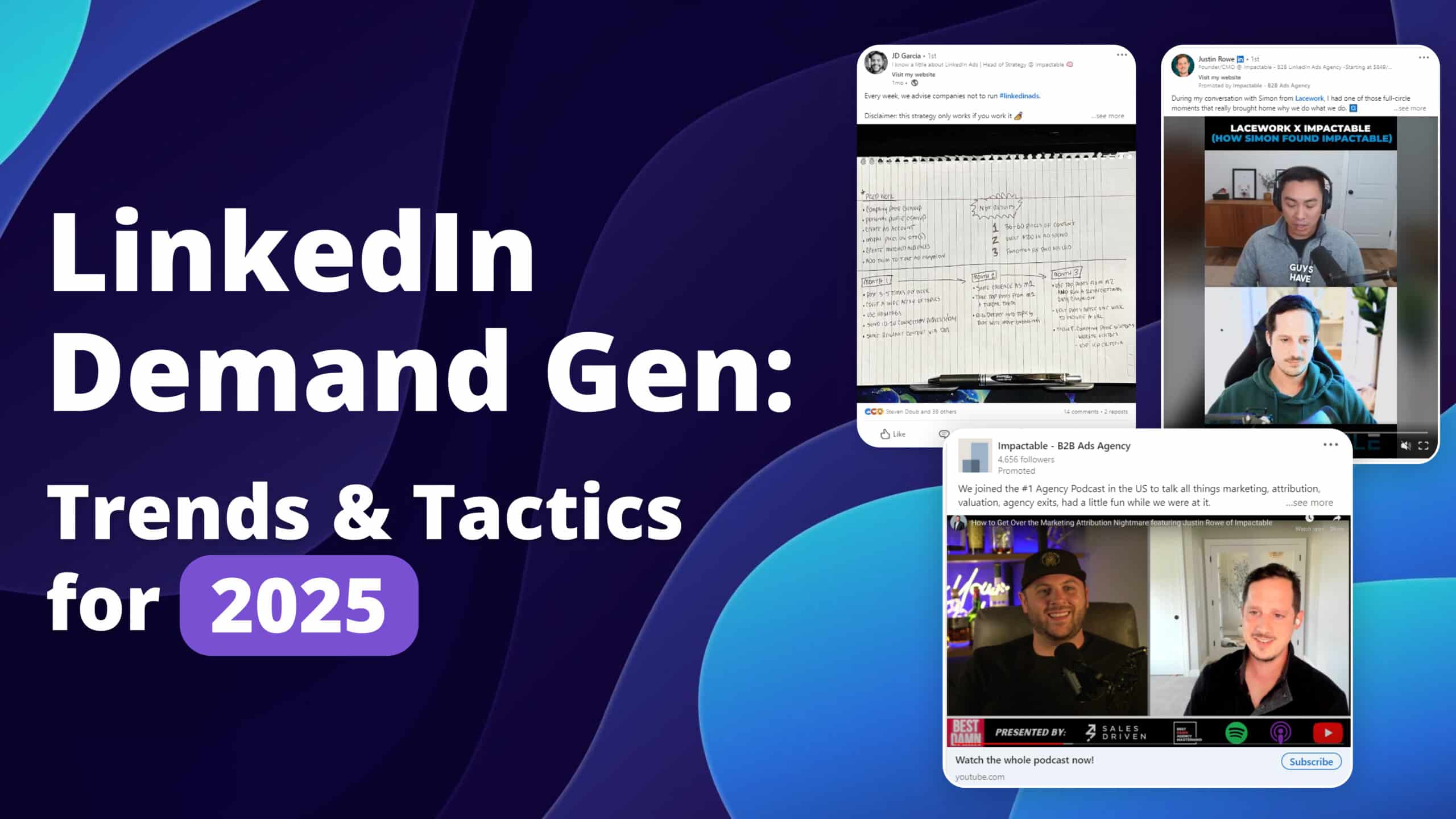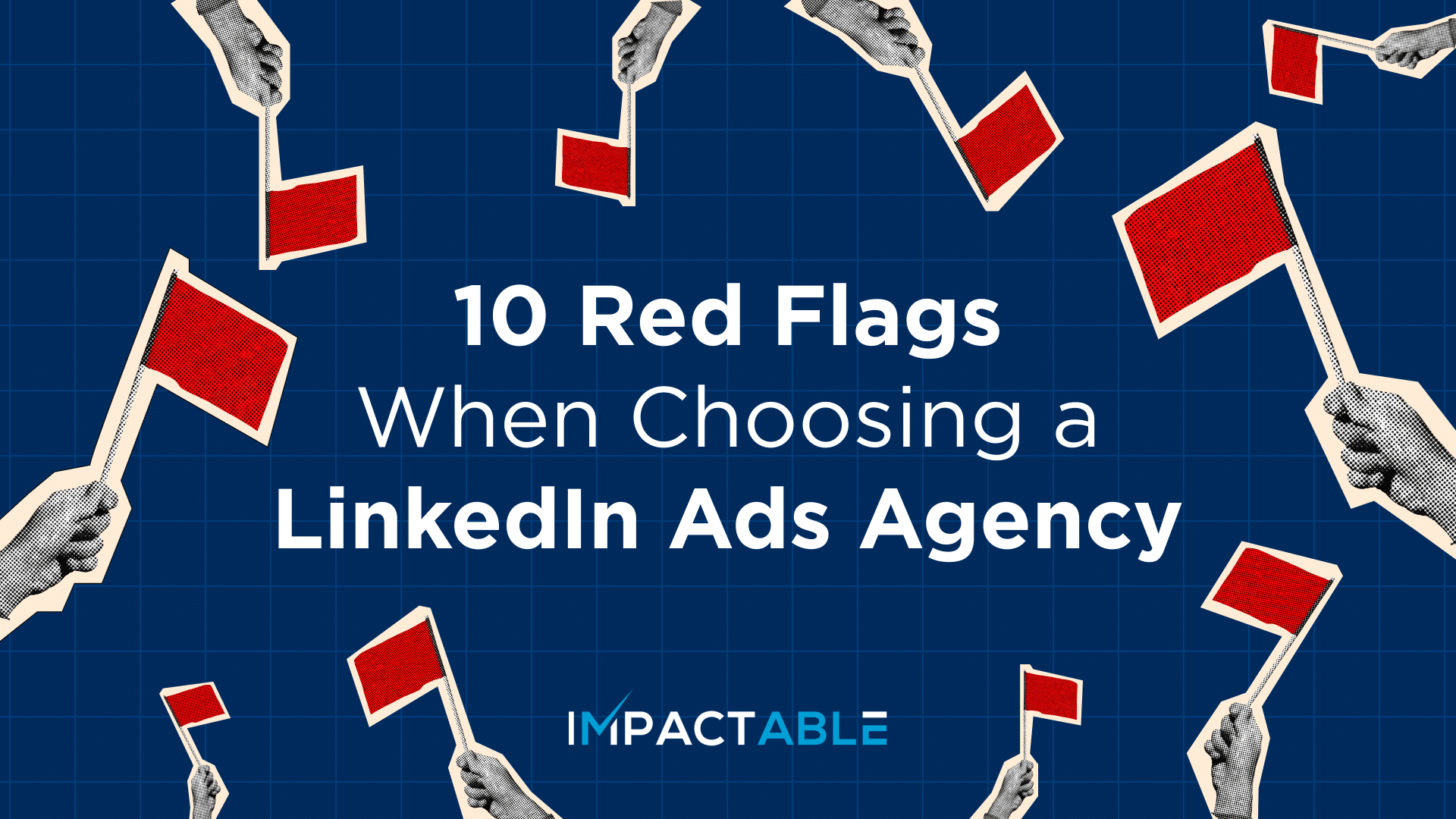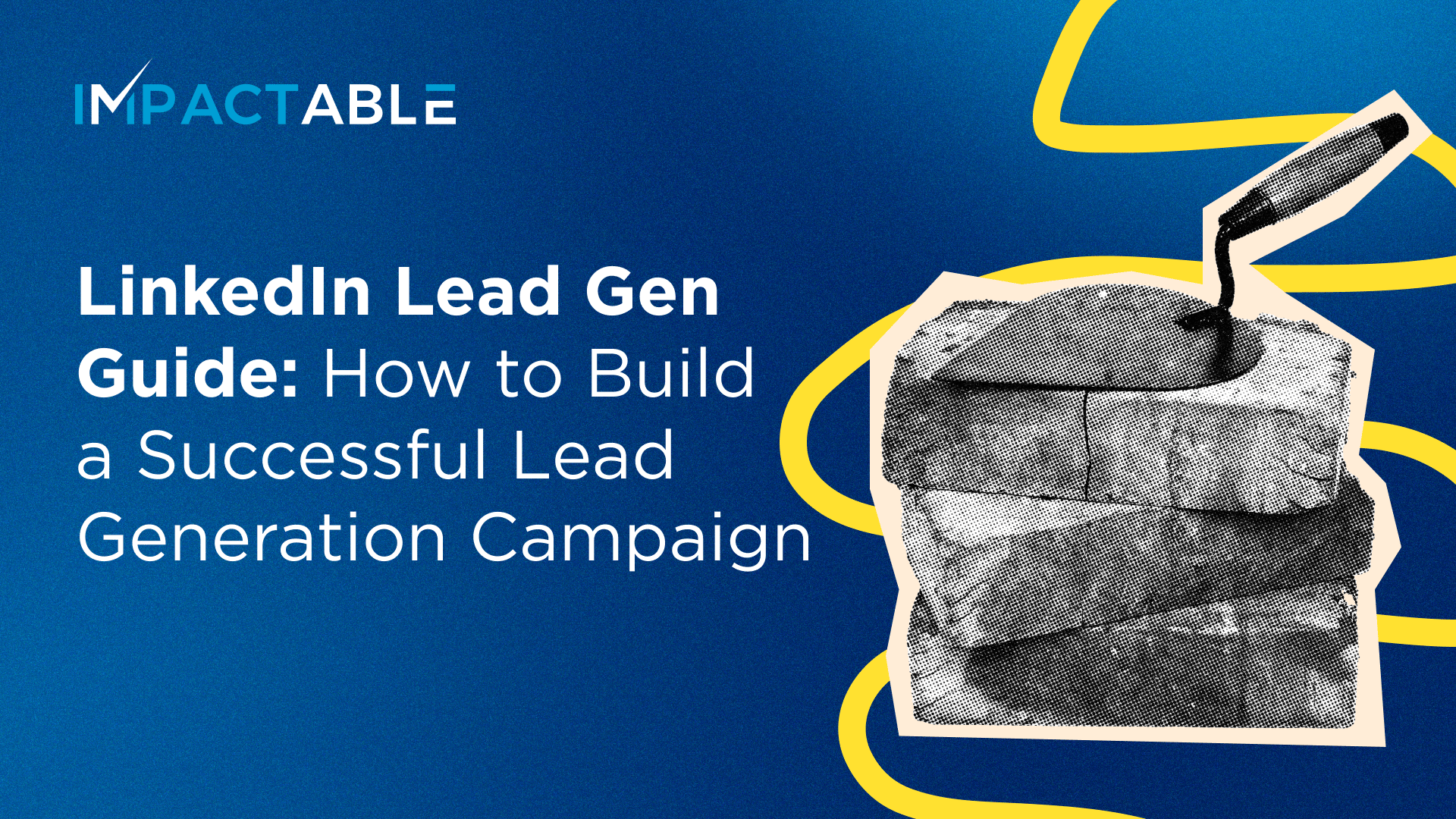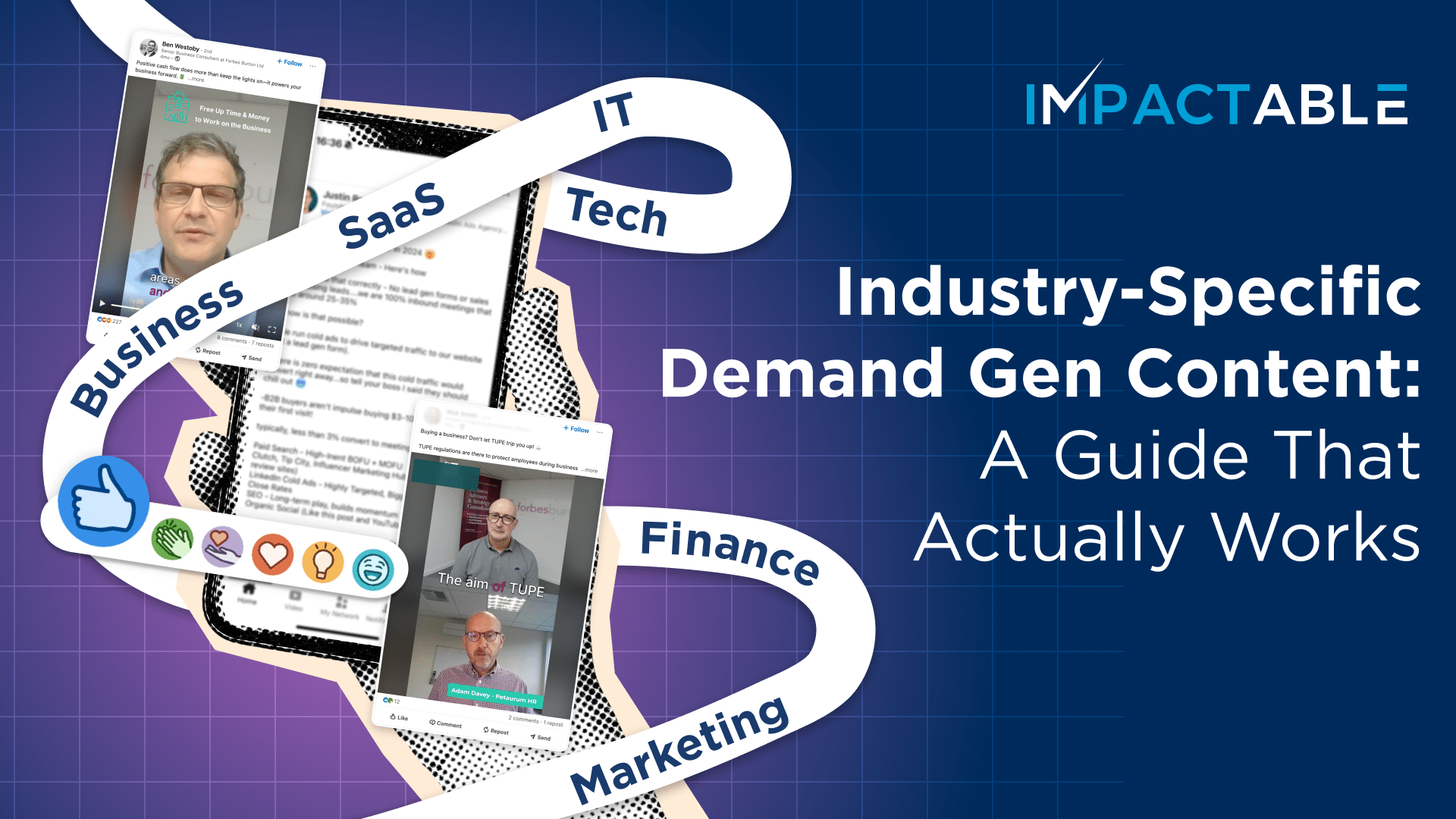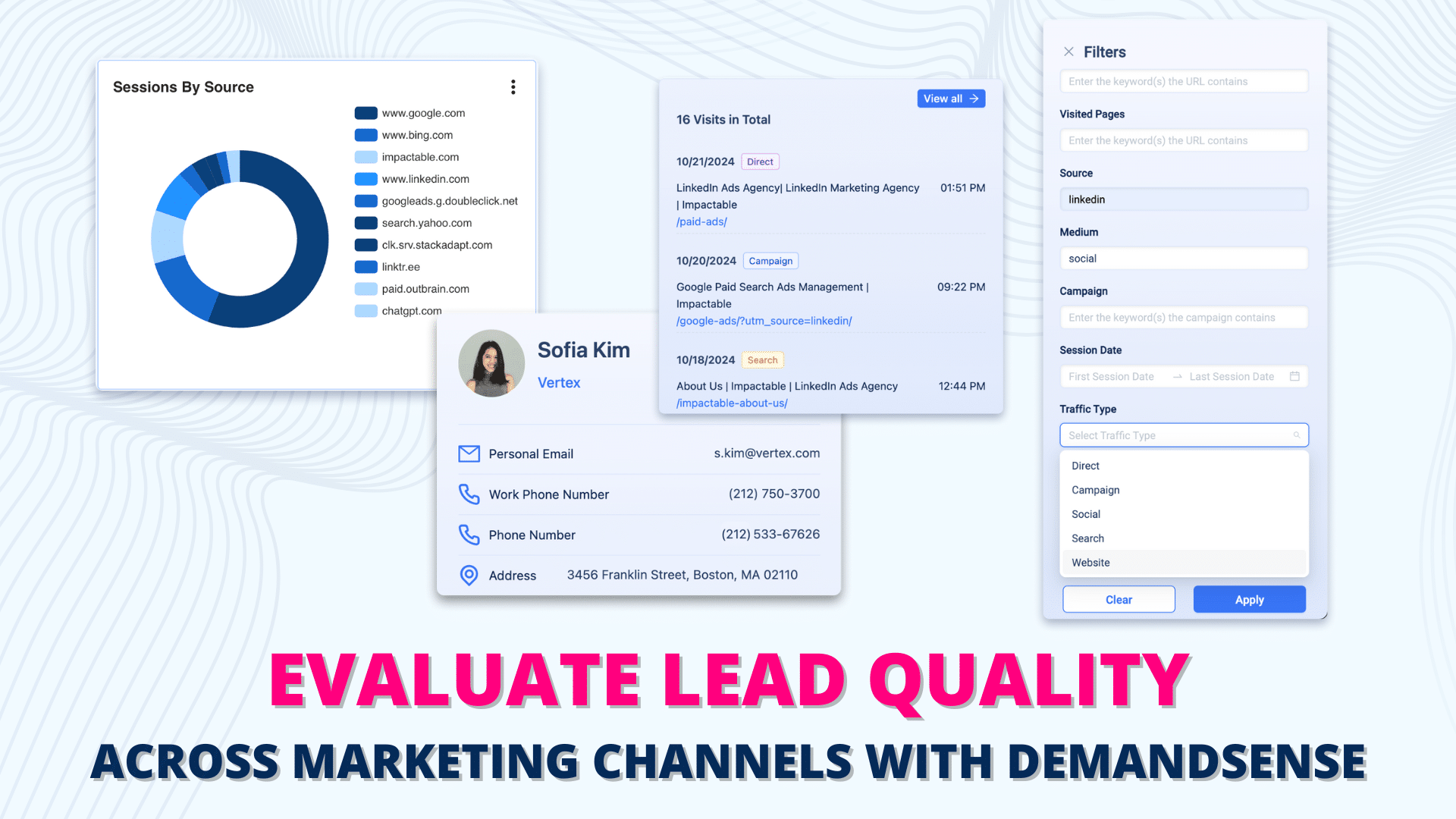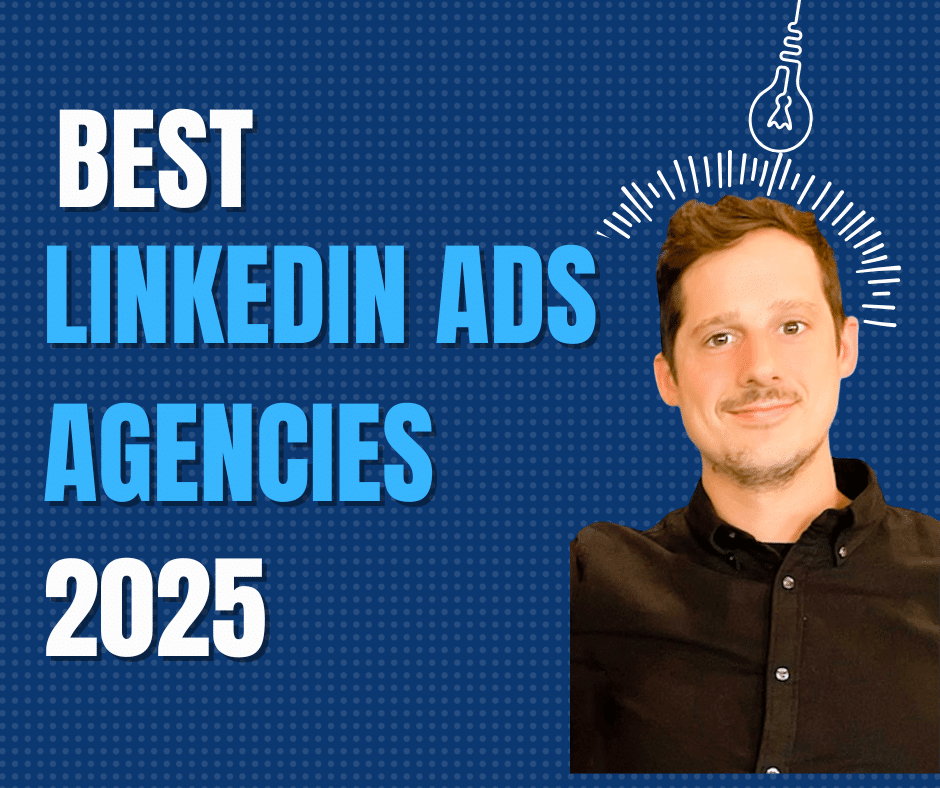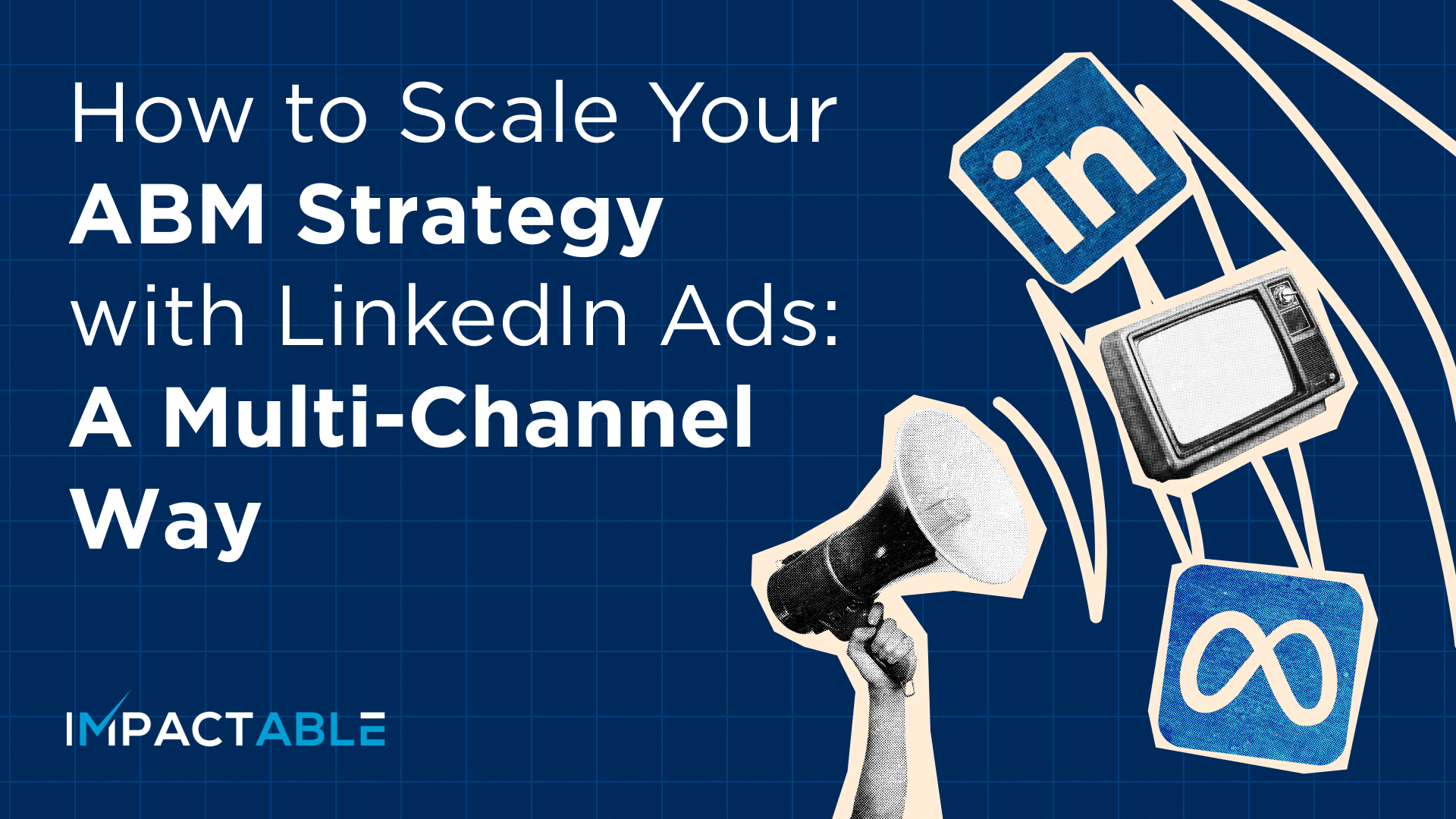In this article, we’ll discuss the LinkedIn Demand Generation shifts of 2023, offer relevant tactics and strategies, and provide insights into what lies ahead for Demand Generation on LinkedIn in 2024.
Demand Generation Shifts Over the Last Year
Let’s first discuss the shifts – what has changed with LinkedIn demand generation over the last year?
1. Increased Interest in Demand Gen
In the past year, particularly on LinkedIn, we saw a lot more interest in demand generation. More people were looking to get into subject matter expertise, highlighting and generating content around experts within their organizations. This shift represents a positive trend, moving away from merely promoting marketing or commercial assets to showcasing the expertise of individuals. Rather than solely focusing on product features and pricing, there’s a concerted effort to elevate subject matter experts, having them dive deeper into detailed problem-solving processes, sharing insights on the steps taken to address challenges, and providing substantial, meaty content.
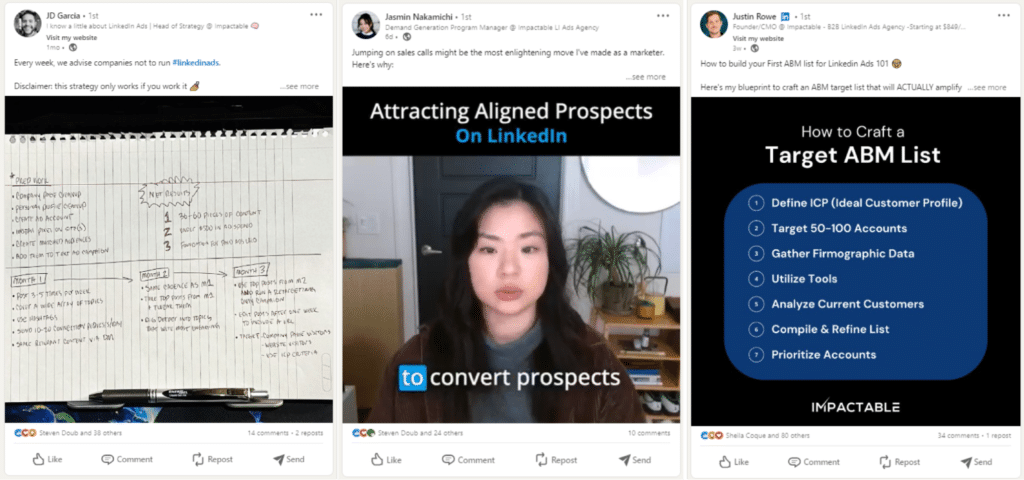
This trend isn’t just happening on LinkedIn. We’re also seeing it in ads. More companies are realizing how helpful it is to use experts in their ads. They’re putting more money into showing this kind of content to the right people who are most likely to be interested.
2. Video Content and Podcasts Take Center Stage
Some of the most successful content for demand generation last year was video content focused on subject matter expertise. Instead of expensive commercials or demos, what really resonated were genuine discussions. This could be leaders having a conversation or experts collaborating in an interview style, diving deep into their field, and sharing real examples.
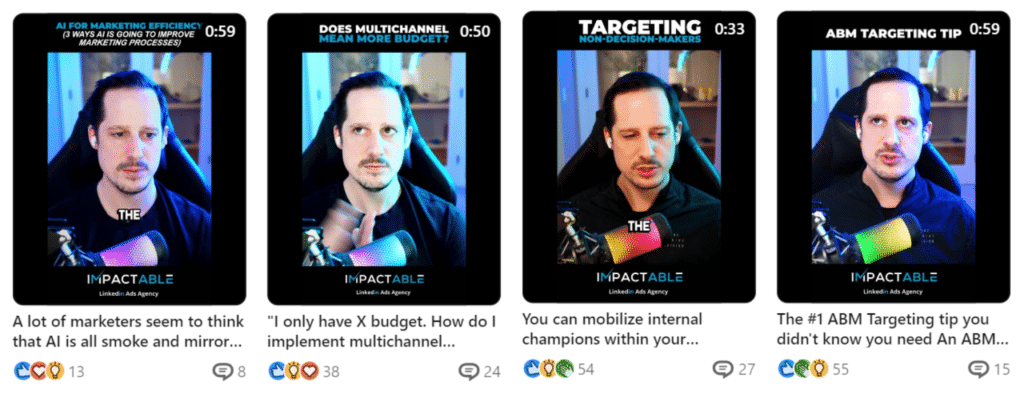
Another effective format was podcasts. While not every company started their own, many began leveraging existing podcasts or seeking opportunities to appear as guests. This trend seems to be gaining traction and momentum, offering a valuable avenue for reaching audiences.
3. LinkedIn Thought Leader Ads Gain Popularity
LinkedIn thought leader ads have been gaining traction recently. Towards the end of last year, LinkedIn introduced these ads, which I believe was a smart move on their part and a boon for the demand-gen movement. These ads focus on showcasing individual subject matter experts within a company, putting them in the spotlight instead of just the company brand. This approach aligns well with the demand-gen mindset, emphasizing the importance of substantive content over surface-level marketing.
We’ve seen a significant number of our clients, around 15 to 20, experimenting with thought leader ads on LinkedIn. This trend underscores the shift towards prioritizing meaningful content that truly engages prospects. Instead of merely promoting products or services, these ads allow companies to demonstrate their expertise and build credibility, fostering stronger connections with their audience.
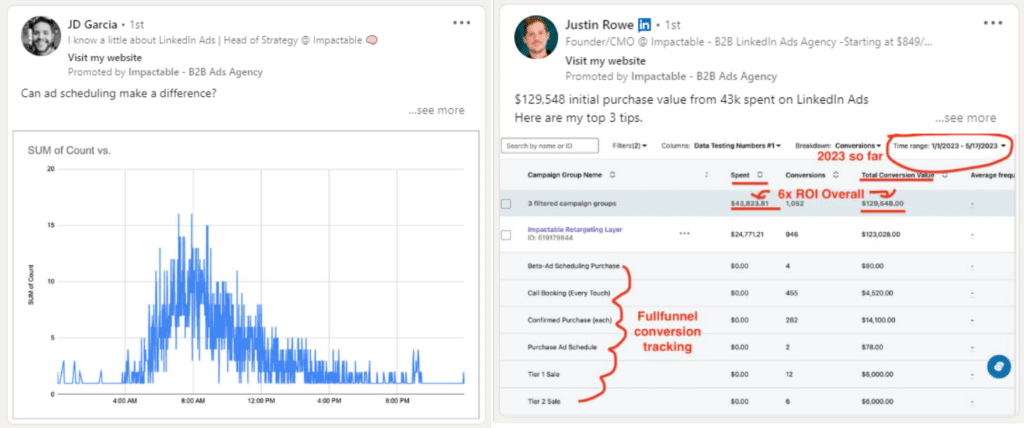
4. Shift from Lead Gen to Demand Gen
The marketing scene is changing, and it’s exciting to see the shift from traditional lead generation to a more refined approach to demand generation. What’s striking is that this change isn’t just happening among smaller players testing the waters; larger organizations are jumping on board too. It’s like they’re saying, “Hey, let’s try this.”
Initially, it was startups taking the plunge into demand generation, but now it’s becoming a mainstream consideration for businesses of all sizes. We’re seeing the rise of dedicated leaders—Directors of Demand Generation—and the emergence of demand-gen movements within companies. There’s real momentum behind this shift—a move away from chasing leads in bulk to a more targeted pursuit of quality connections.
This trend hit its peak in 2023, and it’s genuinely encouraging to witness. For me, it signals the way forward—the path toward a future where quality takes precedence. But, of course, it should be a balance. It’s about finding the right mix of lead and demand generation strategies to drive sustainable growth and build lasting relationships with customers.
Tactics and Strategies
So, what are the current tactics that are proving most effective, and what strategies surround them?
Let’s take a look.
1. Combining Google and LinkedIn Ads
One strategy that stands out to me, which I’ve discussed in various podcasts and blogs, is the synergy between Google and LinkedIn. This combination presents a compelling approach for demand generation. Google search provides access to high-intent keywords, indicating people actively seeking solutions. However, there’s a challenge: these users often lack awareness of your brand and may view you as just another vendor among many. They’re likely evaluating multiple options.
This is where demand generation, paired with high-intent paid search, becomes valuable. Rather than merely directing users to a landing page and hoping for conversions, this approach involves staying engaged with them over extended periods—90 days, 180 days—and consistently delivering content that positions your brand as an authority, fostering trust and credibility.
It’s a nuanced strategy that involves thoughtful integration of channels like Google and LinkedIn. By combining paid search with filtering, retargeting, and implementing a demand-gen playbook on LinkedIn, businesses can significantly enhance their demand-gen efforts.
2. Leveraging LinkedIn thought leader ads
Among the various tactics available, I believe LinkedIn thought leader ads are one of the most powerful tools in your marketing arsenal. In particular, thought leader video ads are currently underappreciated. While many marketers experiment with thought-leader ads, the potential of video ads in this category remains largely untapped.
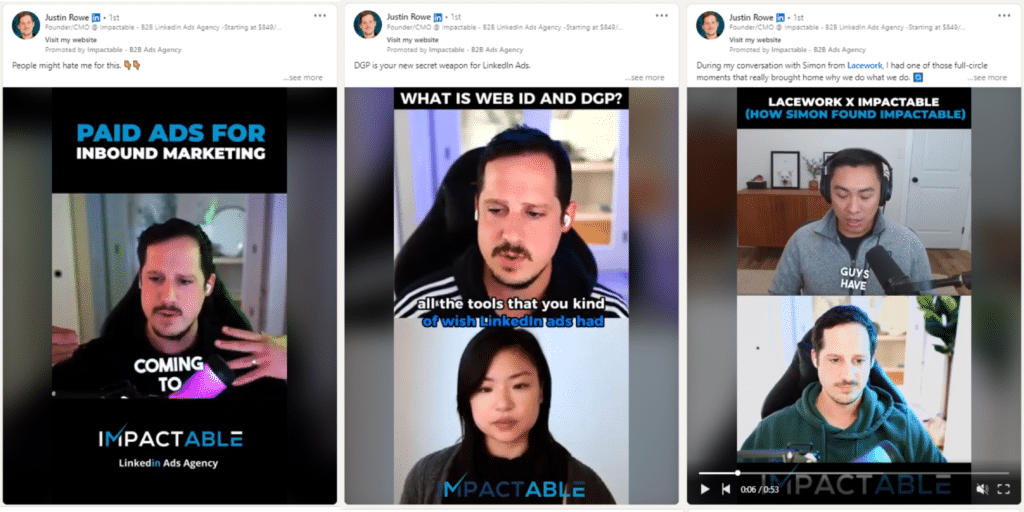
What sets thought-leader ads apart is their ability to seamlessly blend into users’ feeds. Unlike overtly promotional content, these ads appear organic, resembling content shared by subject matter experts with dedicated followings. When users encounter such content, they perceive it as genuine insights rather than paid endorsements.
This perception fosters trust and credibility, positioning your brand as authoritative in its domain. By leveraging LinkedIn thought leader video ads, you not only educate your audience but also subtly enhance their trust in your company, product, or service. It’s like gaining third-party validation without the audience even realizing they’re engaging with paid content.
3. Funneling into Owned Communities through Paid Retargeting
Another highly effective tactic involves utilizing paid retargeting to guide prospects into your owned communities or channels. Here’s how it works: Suppose a prospect discovers your website through paid search. You then employ a strategic retargeting approach, perhaps through LinkedIn ads, to engage them further.
In addition to delivering relevant content that showcases your expertise, you employ retargeting ads to encourage them to join your owned communities. These could include subscribing to your YouTube channel, signing up for your newsletter, or following you on LinkedIn—both personally and through your company page.

The beauty of this approach lies in its subtlety. Rather than bombarding prospects with overtly salesy messaging, you’re providing value by exposing them to your content hubs. By subscribing to your YouTube channel or newsletter, for example, they receive regular updates and insights from you, positioning you as a subject matter expert in their minds.
Moreover, by nurturing them within your owned communities, you maintain a consistent presence without relying solely on paid channels. Even if they’re not actively in the market at the moment, by engaging with your content, they remain within your marketing ecosystem, ripe for future opportunities.
4. Flipping LinkedIn Lead Gen Campaigns to Retargeting
A tactic we frequently see, particularly among mature companies, is the transition from exclusively running lead generation campaigns to incorporating retargeting strategies, especially when they are considering a shift toward demand generation. Often, these companies rely heavily on cold lead gen campaigns on platforms like LinkedIn, targeting uploaded lists or native audiences.
To initiate this transition, companies can take a gradual approach. Instead of making sudden, drastic changes that could alarm leadership, start by redirecting a portion of the traffic from lead gen campaigns to your website. This allows for a deeper engagement as prospects explore your offerings beyond just a lead form.
Next, select one or two lead gen campaigns and convert them into retargeting campaigns. Unlike traditional lead gen methods where prospects fill out forms without prior interaction with your website, retargeting ensures that these prospects have already visited your website or engaged with your company page or previous ads. This simple shift significantly enhances lead quality, as prospects now have some familiarity with your brand and offerings.
Moreover, moving a lead gen campaign to retargeting often results in a reduction in cost per lead, typically by 20% to 30%. With this cost-saving, companies can reallocate funds towards demand gen-focused initiatives, such as website visit campaigns, thought leadership ads, and further retargeting efforts.
While this transition may lead to a gradual decline in the quantity of leads, the focus shifts towards improving lead quality. By closely monitoring the impact on lead quality and aligning with sales feedback, companies can ensure that this transition enhances overall lead generation effectiveness.
Predictions on How Demand Generation Will Evolve
Now, let’s dive into some predictions for the future of demand generation.
1. More Companies Embracing Podcasts
Looking ahead, one trend I foresee gaining significant traction is the increased adoption of podcasts by companies. While podcasting has seen some experimentation, it’s yet to reach mainstream status, particularly among larger corporations. However, there’s a growing awareness, particularly among nimble startups, that podcasts represent a significant and enduring trend in the marketing landscape.
Many larger companies remain hesitant to invest in podcasting, either due to skepticism about its value or competing priorities. However, I believe it’s crucial for these companies to at least explore the potential of podcasts and remain open to opportunities in this space.
The power of podcasts lies not only in their immediate audience reach but also in their enduring value as content assets. Even if a podcast has a small initial audience, the content can be repurposed and distributed across various platforms, amplifying its impact far beyond its original reach. As someone who has leveraged appearances on podcasts with modest followings, I’ve experienced firsthand how this content can be disseminated to reach a much broader audience, enhancing brand visibility and credibility.
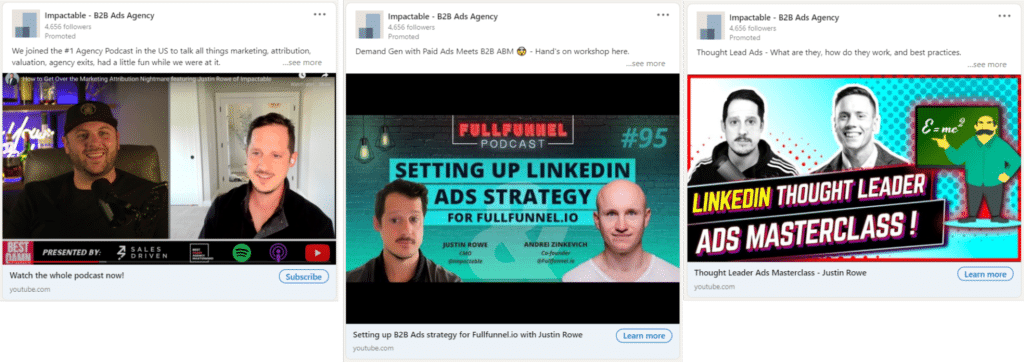
2. Revival of Webinars and Virtual Events
While webinars may have lost some of their appeal in recent years, there’s renewed interest in tactical events and collaborative panels.
For service providers, hosting joint events with complementary businesses offers a unique opportunity to engage audiences and share insights. By assembling a panel of experts from different sectors, each serving a common client base, companies can provide diverse perspectives on challenges and tactics related to client acquisition.
These collaborative events benefit not only the participating businesses but also the audience, who gain exposure to a broader range of expertise. By endorsing each other’s approaches, participants enhance their credibility and offer valuable third-party validation.
Looking beyond traditional webinars, there’s a growing preference for virtual workshops—a hands-on approach that goes beyond theoretical discussions. Virtual workshops, such as LinkedIn ads sessions where participants actively build campaigns, offer practical learning experiences that resonate with audiences seeking actionable insights.
3. Rise of YouTube for B2B
This isn’t a new prediction; it’s a trend I’ve been noticing for some time now. While it does require a significant investment of labor and commitment, establishing a presence on YouTube can be incredibly beneficial for most fast-paced service companies.
YouTube serves as an invaluable platform for educational content, much like LinkedIn but with a more hands-on approach. Users come to YouTube seeking practical guidance and insights from those who have firsthand experience. By showcasing your expertise through behind-the-scenes footage, screen shares, and tutorials, you can effectively demonstrate your skills and knowledge to your audience.
In our experience, prospects who discover our YouTube channel are significantly more likely to convert into customers compared to those who haven’t engaged with our videos. Recognizing this impact, our sales team actively promotes our YouTube content to prospects, integrating it into the sales process to increase exposure and conversion rates.
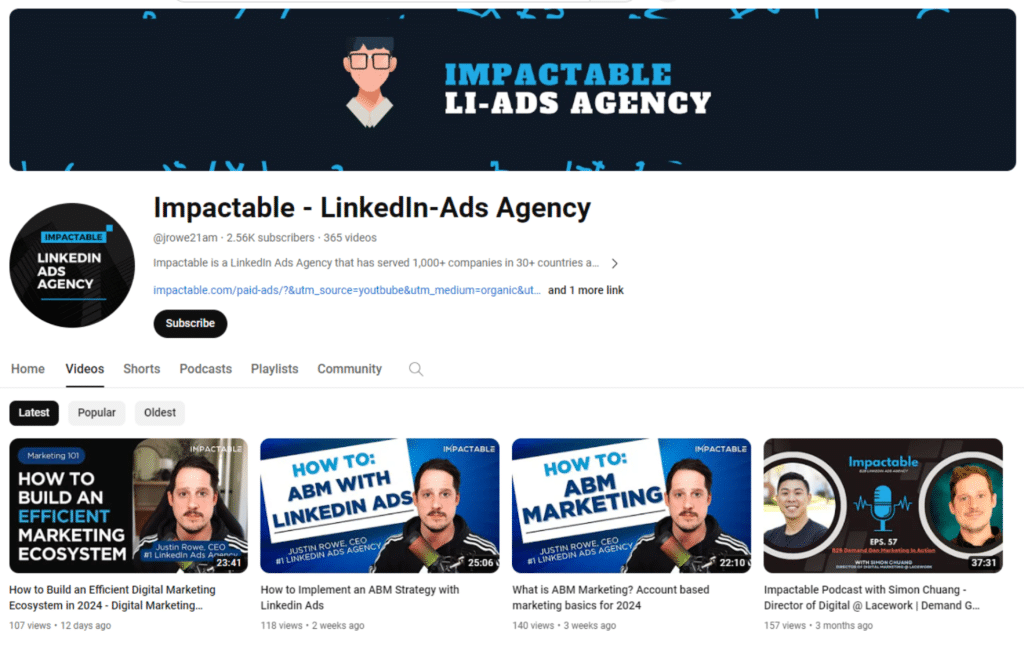
Moreover, YouTube serves as an excellent repository for your video assets, particularly if you’re engaged in demand generation efforts. By centralizing your videos on a YouTube channel, you can organize them into different lists and segments, maximizing their visibility and accessibility to your target audience.
4. Uptake in LinkedIn Articles
I do think LinkedIn articles will have an uptake this year. Surprisingly, they are gaining preferential placement on search engines like Google, often appearing on the first page of search results. This discovery has motivated me to explore publishing more articles on LinkedIn, covering relevant topics to capitalize on this visibility opportunity.
Impactable’s Approach to Demand Generation
To establish subject matter expertise, we follow a structured process. Weekly, I conduct interviews that are recorded and later segmented into both long and short-form videos. These videos are then distributed across various channels, including LinkedIn (organic and ads) and YouTube. While this process serves our internal content creation needs, it also forms part of our client offering in the demand generation realm. This approach serves as both an example of our methodology and a service we extend to others.
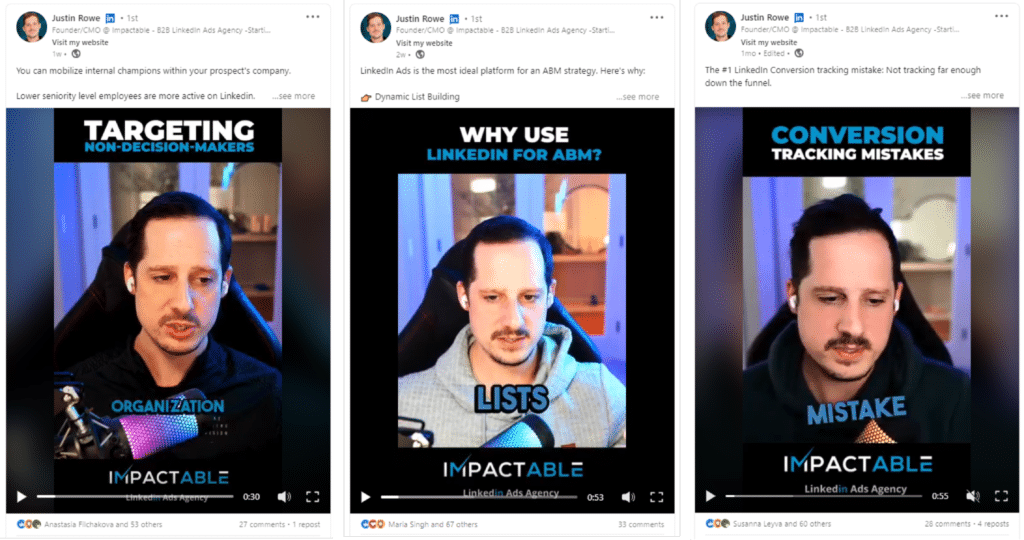
Conclusion
In conclusion, demand generation is evolving rapidly, and companies must adapt their strategies to stay ahead of the curve. By leveraging effective tactics and embracing new opportunities, companies can position themselves for success in demand generation on LinkedIn in 2024 and beyond.


